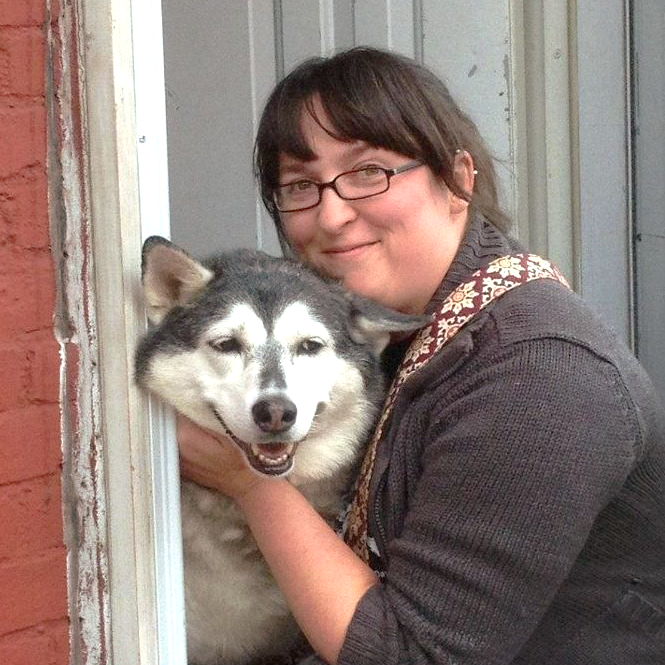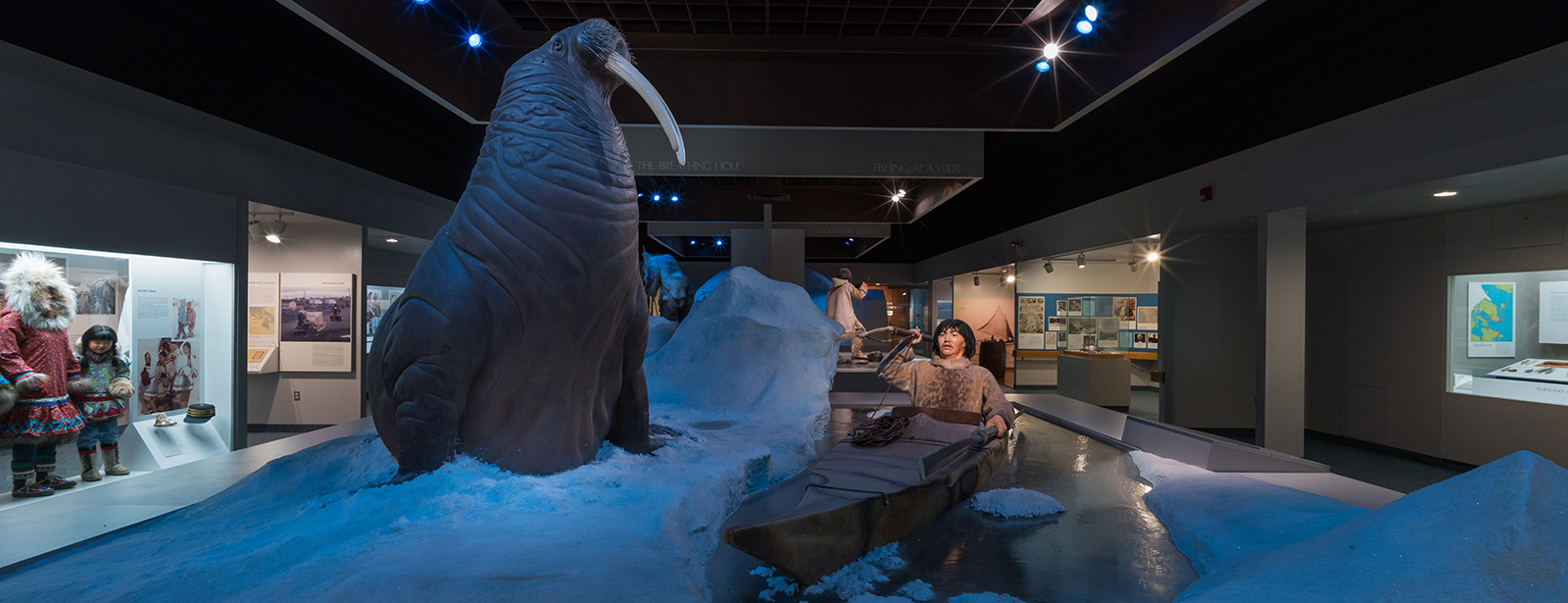
Traversing 4,500 years of Inuit history, learn about the Canadian Inuit and how they’ve adapted to the environmental challenges of life in the Arctic. View Inuit sculptures and prints, full-sized dioramas, and Arctic wildlife like Polar Bears, Caribou, and Walruses. Realistic dioramas and a replica igloo transport you to the arctic in this immersive hall. The hall includes an exhibit on the impact of the whaling industry in the 1930s and 1940s that includes original artifacts from whaling ships.
This exhibit was created in the early 1980s. Its purpose was to explore 4500 years of First Nations (this is the preferred term for indigenous people in Canada) history in the Arctic. Because of its age, it now contains both scientific and cultural information that is outdated. We are working to improve the language and content to better reflect the current values of the museum and the scientific advancements and knowledge we have today.
This exhibit promotes systems of oppression by focusing on a colonialist point of view. It insinuates that Europeans made things better for the people they encountered in the Arctic. European colonizers displaced Indigenous communities in North America, exploiting people and land. They violently established themselves as the dominant power and voice. Indigenous people continue to thrive in the Arctic and deserve to tell their own stories. Using the phrase, “Yesterday’s People” to describe the people of the Arctic does not convey this message. The colonizers should not be referred to as “visitors.” This downplays the violent means by which they established and maintained dominance.
Another source of out of date information in the gallery are the maps that refer to the United Soviet Socialist Republic, which had dissolved by 1991. The tables of climate data and the maps that depict the extent of Arctic ice are also out of date. Arctic temperatures have warmed dramatically (almost twice as fast as the global average), and ice has drastically declined in association with ongoing human-caused climate change. These extreme climate changes are putting tremendous stress on the people and wildlife.
We realize that there is also problematic language used to describe the people represented in the exhibit. The term “Eskimo” is used throughout the hall to refer to those First Nations individuals encountered by the colonizers. While this is a term used in Alaska to self-designate by some people, it is most often used as a derogatory term. The preferred term in Canada is Inuit, which refers specifically to those who make their homes in the Arctic and subarctic regions of North America and Siberia.
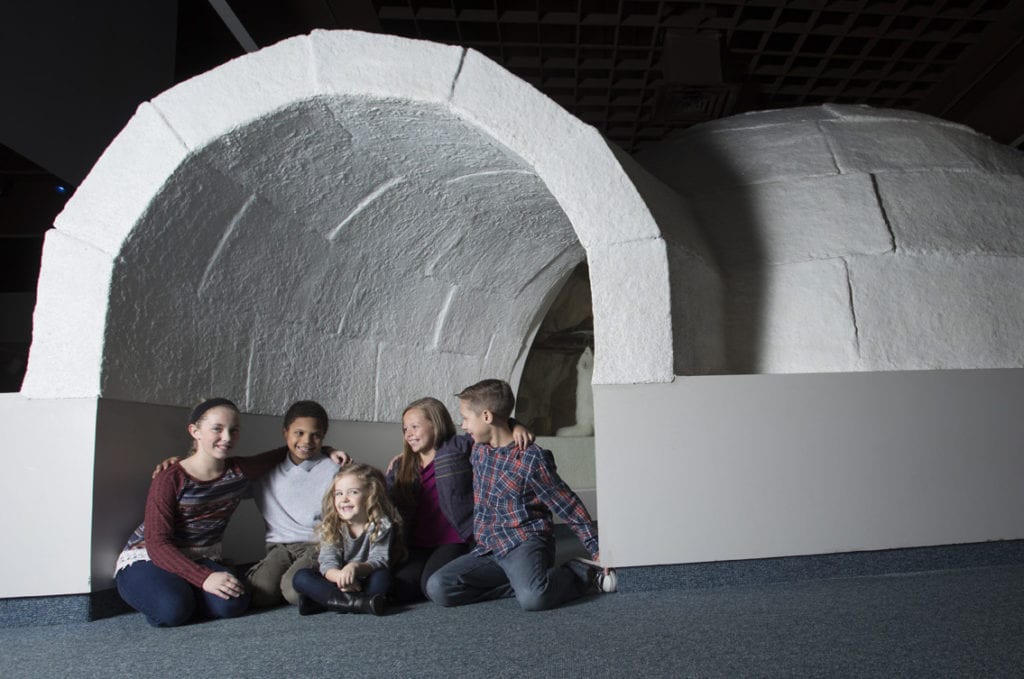
Meet our Anthropologist and Archaeologist
Learn about the Anthropology and Archaeology Collection at the Museum
The anthropology collection, the Section of Anthropology and Archaeology, contains major research collections of over 100,000 ethnological and historical specimens and over 1.5 million archaeological artifacts.
Blogs about the Arctic Region
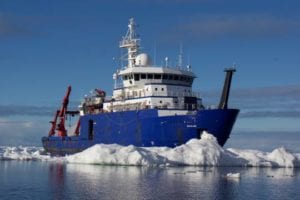
Arctic Message
By Patrick McShea What happens in the Arctic effects all of us. The frozen seas of the northern hemisphere’s remotest territory influence …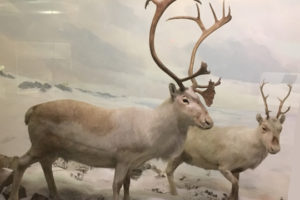
Are Santa’s Reindeer Real Mammals?
by Suzanne B. McLaren Yes! Reindeer are real mammals. In fact, reindeer are the same species as caribou (Rangifer tarandus). The species is …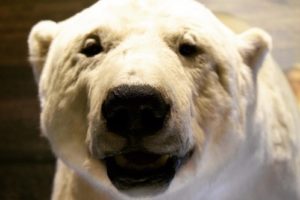
Face to face with a polar bear
Come face to face with a polar bear in Polar World: Wyckoff Hall of Arctic Life at Carnegie Museum of Natural History.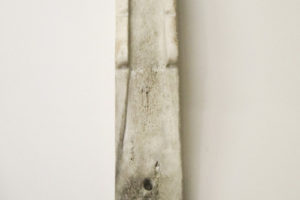
What’s This?
What’s This: a spoon, a tongue depressor or a sled shoe? Sled shoes were made of bone or ivory and pegged to …
